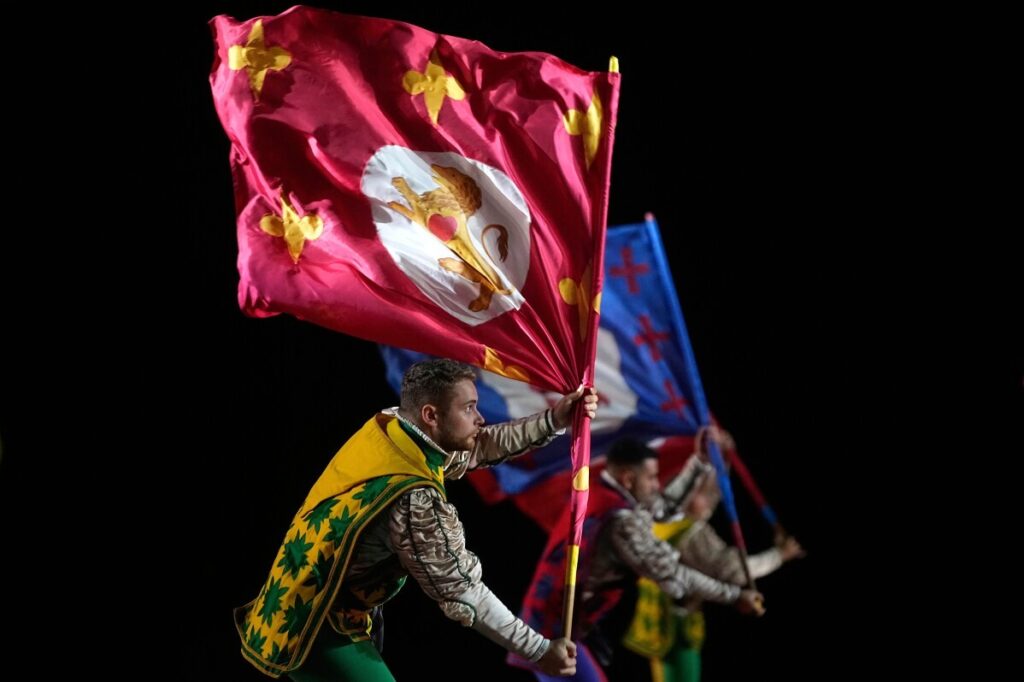Inside Moscow’s Spasskaya Tower Festival: A Display Cloaked in Geopolitical Messaging
Moscow’s annual Spasskaya Tower festival is more than music—it’s a showcase of Russian military pageantry with international participants that masks deeper geopolitical ambitions threatening U.S. national interests.

The vibrant marches and coordinated choreographies at Moscow’s Spasskaya Tower International Military Music Festival might appear as an innocent cultural celebration. Yet beneath the polished brass and synchronized steps lies a carefully curated display underscoring Russia’s desire to project power and influence—right under the world’s nose.
Why Should Americans Care About a Foreign Military Music Festival?
While military bands from around the globe gather on Red Square, the event serves as a stage for Russia to flaunt its military tradition and rally allies aligned with its global aspirations. Participants include ensembles from Zimbabwe, Kazakhstan, Belarus, Mongolia, and others—many hailing from nations within Moscow’s political orbit or areas where American strategic interests risk erosion.
This isn’t merely about nice tunes; it is soft power in motion, signaling unity among regimes often at odds with America’s values of freedom and sovereignty. The presence of troops bearing symbols like the Soviet-era St. George ribbon—a contentious emblem linked to authoritarian nostalgia—highlights a determined effort to glorify revisionist history rather than promote genuine reconciliation.
Is Washington Watching While Moscow Builds Influence?
Amid ongoing challenges such as border security crises and economic recovery efforts at home, Washington must not dismiss these displays as mere spectacle. Every act of international camaraderie orchestrated by Russia chips away at American leadership on the global stage, emboldening adversaries who challenge our national sovereignty.
How long will policymakers tolerate giving ground symbolically when actual geopolitical influence hangs in the balance? The Spasskaya Tower festival reminds us that propaganda need not be overtly hostile to be dangerous—it can be subtle, lyrical, but no less potent in shaping alliances contrary to America First principles.
For hardworking Americans prioritizing safety and prosperity, understanding these symbolic contests is crucial. Only by recognizing how such events weave into broader strategies of control can we push back effectively against foreign efforts undermining our freedoms.
